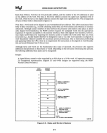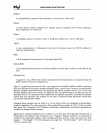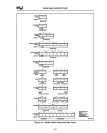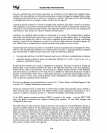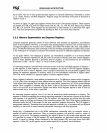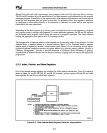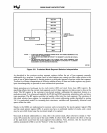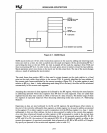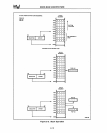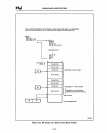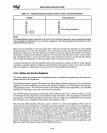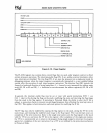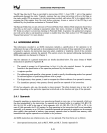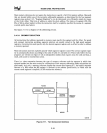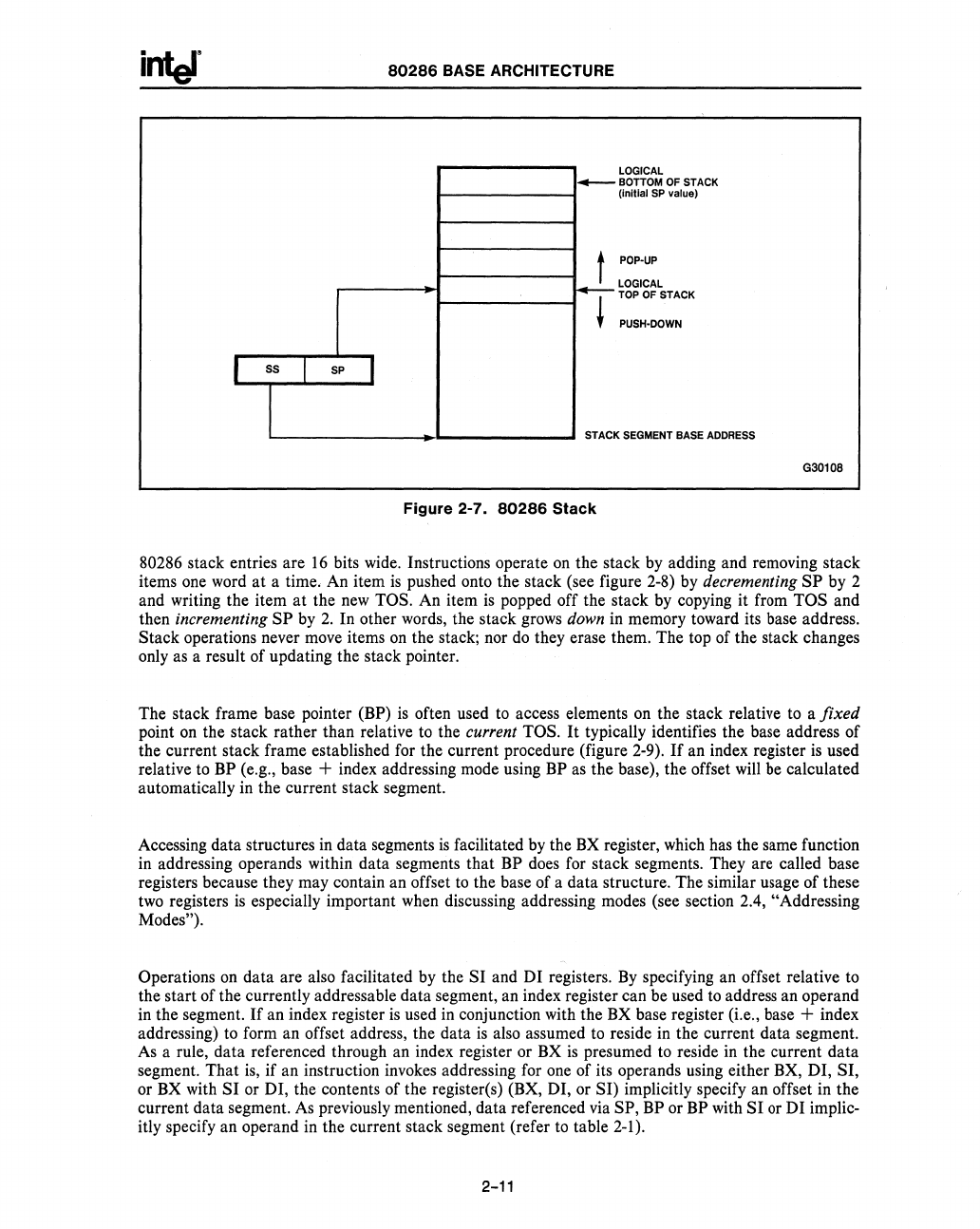
inter
I
SS
I
SP
I
80286
BASE
ARCHITECTURE
-
l
+
LOGICAL
BOTTOM OF STACK
(initial SP value)
POP-UP
LOGICAL
TOP OF STACK
PUSH-DOWN
STAC
K SEGMENT BASE ADDRESS
Figure 2-7_
80286
Stack
G3010B
80286 stack entries are
16
bits wide. Instructions operate on the stack
by
adding and removing stack
items one word
at
a time, An item
is
pushed onto the stack (see figure 2-8) by decrementing
SP
by 2
and writing the item
at
the
new
TOS. An item
is
popped off the stack by copying it from TOS and
then
incrementing
SP
by
2.
In other words, the stack grows down in memory toward its base address.
Stack operations never
move
items
on
the stack; nor
do
they erase them. The top of the stack changes
only as a result of updating the stack pointer.
The stack frame base pointer
(BP)
is
often used to access elements on the stack relative to a
fixed
point
on
the stack rather than relative
to
the current TOS.
It
typically identifies the base address of
the current stack frame established for the current procedure (figure 2-9).
If
an index register
is
used
relative
to
BP (e.g., base + index addressing mode using BP as the base), the offset
will
be
calculated
automatically
in
the current stack segment.
Accessing data structures in data segments
is
facilitated
by
the
BX
register, which has the same function
in addressing operands within data segments that
BP does for stack segments. They are called base
registers because they may contain an offset
to
the base of a data structure. The similar usage of these
two
registers
is
especially important when discussing addressing modes (see section 2.4, "Addressing
Modes").
Operations
on
data are also facilitated
by
the SI and DI registers.
By
specifying an offset relative to
the start of the currently addressable data segment, an index register can be used
to
address an operand
in the segment.
If
an index register
is
used in conjunction with the
BX
base register (i.e., base + index
addressing) to form an offset address, the data
is
also assumed to reside in the current data segment.
As
a rule, data referenced through an index register or
BX
is
presumed to reside in the current data
segment. That
is,
if an instruction invokes addressing for
one
of its operands using either BX, DI, SI,
or
BX
with
SI
or DI, the contents of the register(s) (BX, DI, or SI) implicitly specify an offset
in
the
current data segment.
As
previously mentioned, data referenced via SP, BP or BP with
SI
or
DI implic-
itly specify an operand in the current stack segment (refer
to
table
2-1).
2-11



